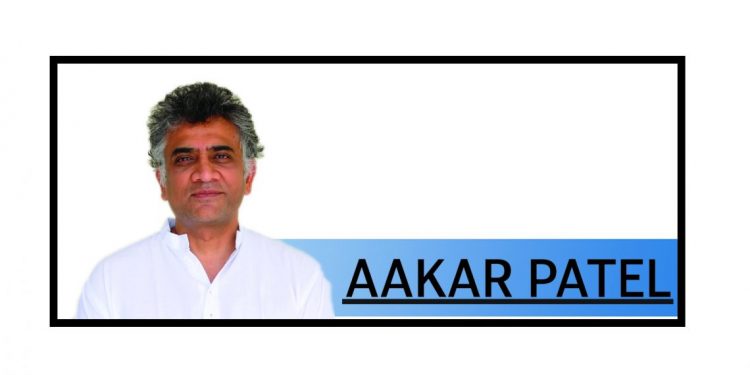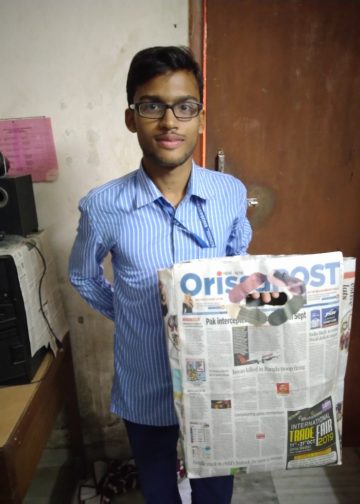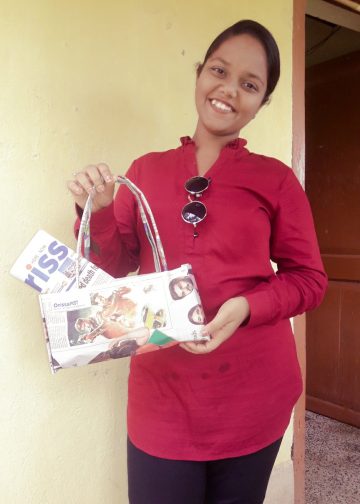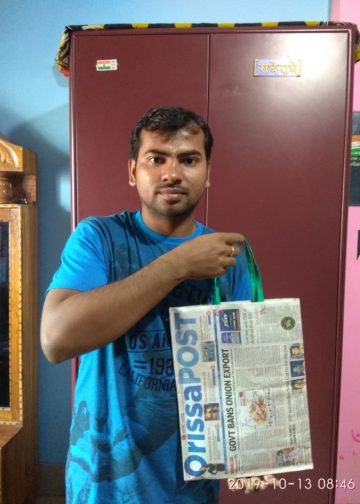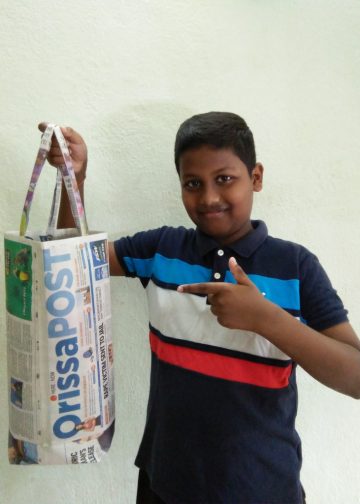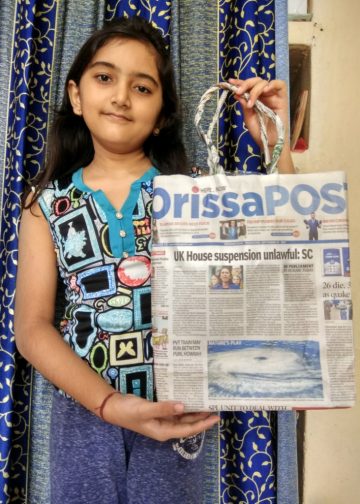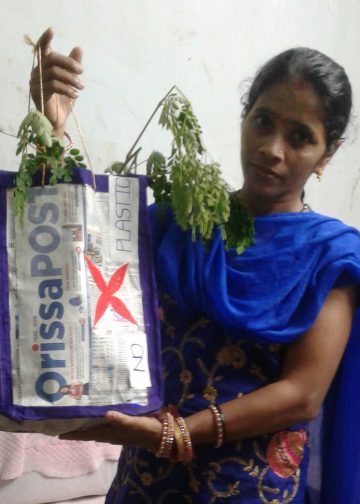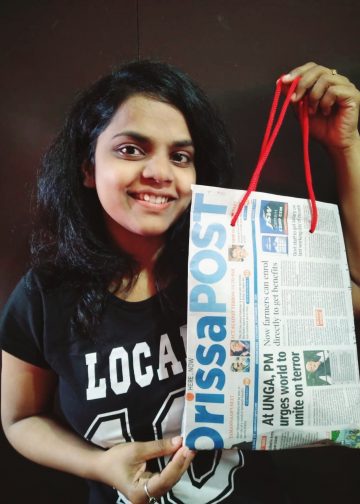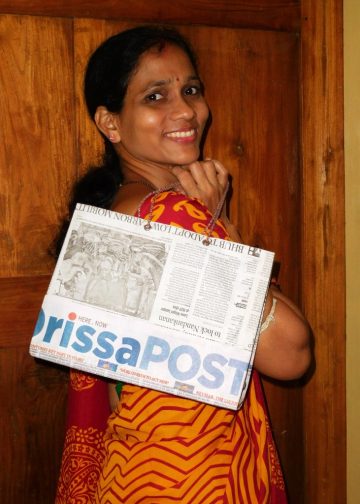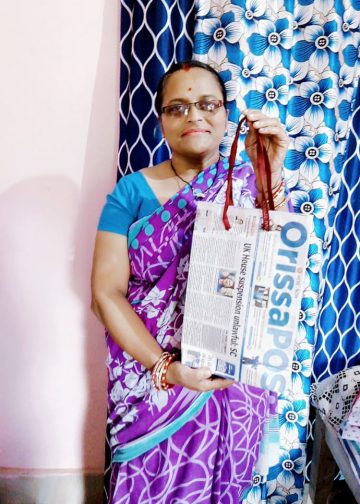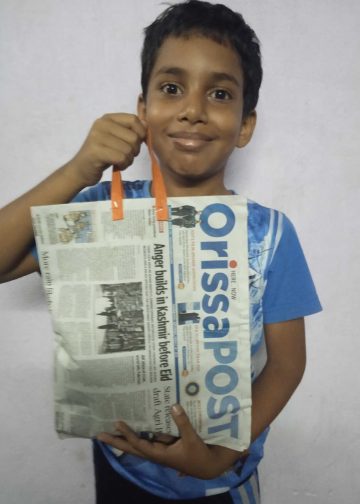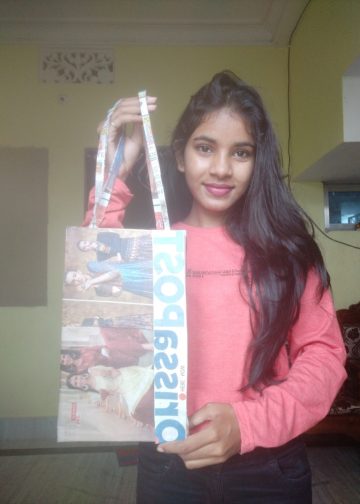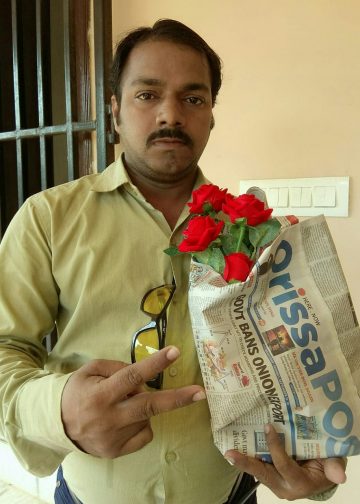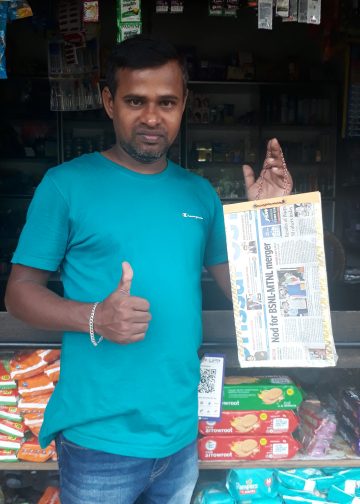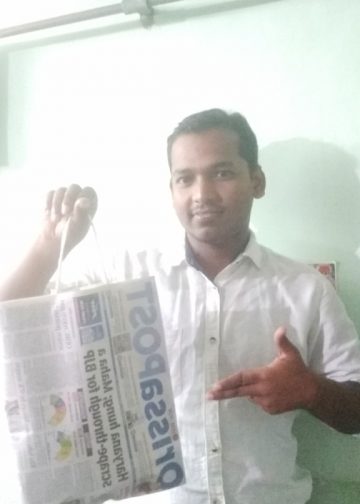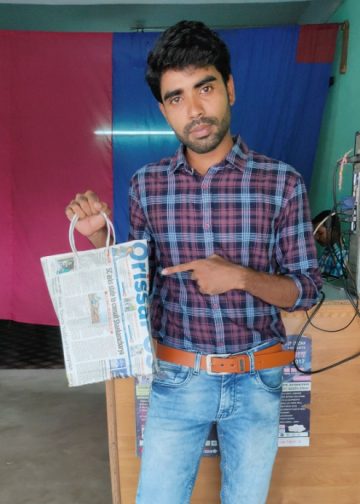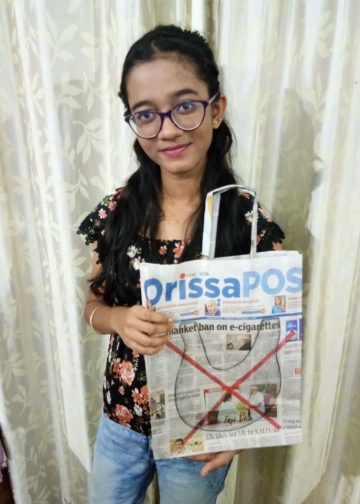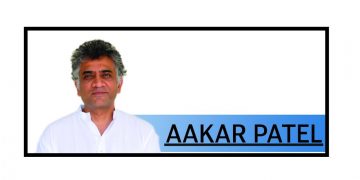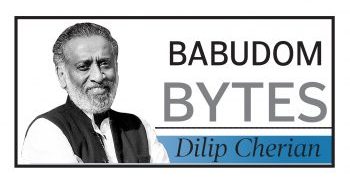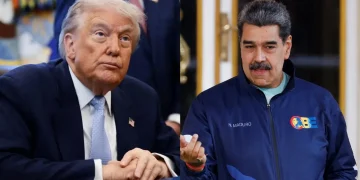Thirty five years ago, India chose to go down two paths, on both of which it remains. The first path was to move to a new form of economics. This was informally named liberalisation and involved opening India to foreign capital, dismantling the license raj, and ending public sector monopolies.
Though this was unstated, the goal of liberalisation was to follow the path of Asian nations like Japan, Taiwan and South Korea and industrialise India. Another nation was attempting this at the same time as us, and that is China. On the cusp of liberalisation, whose date we mark as 24 July 1991 (when finance minister Manmohan Singh presented his budget) India and China were at the same stage of economic development. The World Bank says both nations had a per person GDP of $334 in 1991.
It is said China had a bit of a lead because their process of opening up came just after Mao Tse Tung died, a decade or so before India. But China was coming from a very dark place with no private sector at all and a society that was wounded by the cultural revolution, hammered still by such cruelty as the one-child policy. So it is fair to say that in 1991 we were actually even.
What has happened since on this road is a story that can be understood when summarised by decade. By the end of the 1990s, China’s per person GDP was twice India’s.
The Atal Behari Vajpayee years that opened the next decade gave us the promise of ‘India Shining’. But by the end of the 2000s, China was ahead by three times. In the Manmohan Singh era, China was up four times. In Modi’s New India, up by five times.
Till the time of the global financial crisis of 2008, publications that tracked the global economy, such as The Economist, the Wall Street Journal and the Financial Times used to run features speculating that India was on the path to joining Japan, South Korea and China. That ended by the time of the Covid pandemic. It was conceded that India was not doing and could not do what the Asian tigers had done, and was consigned to grow at more or less the same pace as its sisters, Bangladesh and, to a lesser extent, Pakistan.
The reasons for this were likely several, but the primary one was the inability of the state, meaning the apparatus of government, to effectively develop and implement policy. Today, India’s per person GDP is $2696, more comparable to Bangladesh ($2593) and Pakistan ($1484) than it is to China ($13,303).
This is the reason why the majority of Indians are thought by the government itself to be in need of food support and why jobs and gross inequality are the real problem behind the fables of development.
Though it is clear that it is not working as intended, India remains on the same economic path. The second path India chose to go down in 1990 also it remains on. This was to move away from pluralism and secularism and towards whatever Utopia was promised by the BJP’s ideology, which it called Hindutva in its manifesto of 1996.
The party’s successful campaign against the Babri Masjid and the pogroms that followed, moved India away comprehensively in a new direction. The party formed in 1951 did not have a chief minister of its own, without a coalition, till 1990. Its national vote share was in the single digits for all these decades before doubling under LK Advani after Babri to around 18% and then doubling again under Narendra Modi to 36%.
Unlike the first path of development, the acceleration down this second path has been quite rapid. Under Vajpayee, the BJP was not as full-throated in its expression of anti-minority politics as it is today. This was because some felt Vajpayee was soft, though it is true that he was dependent on allies and therefore forced to be hesitant. The events of 2002 changed that. The BJP found its new leader, who personified both the directions. Coming from a state that had benefited most from the reforms of 1991, he claimed its relative progress was because of him. And the pogrom of 2002, and Vajpayee’s inability to get him removed, established him as the primary figure of the future, something that he was able to fulfil. He promised progress down both the paths chosen by India in 1990, but was able to lead it on only one. Today, India is not compared to China and the government has given up on comparisons, along with the rest of the world. Instead, we have found comfort in internal persecution, fighting the Pakistani army and the Bangladeshi refugee along the way. The electoral success of the BJP after 1990 has meant that this road will be difficult to leave, since these policies are rewarded.
For younger readers 1990 will seem a very long time ago, but for many of us it is recent memory. We can look at those decades and see what transpired, and why. The next decades will be similar: hesitant and slow travel on the road to becoming a wealthy and equal society and a rapid, confident march further into the Hindutva utopia.
By Aakar Patel


